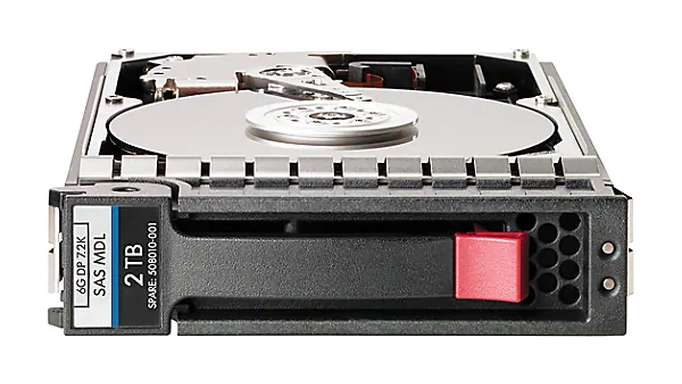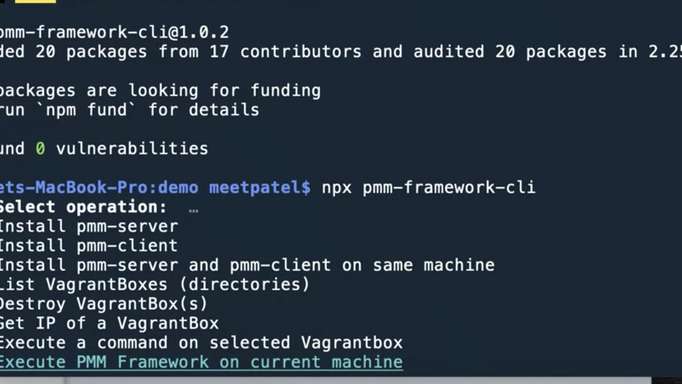With all the DBaaS, IaaS and PaaS environments, sometimes I think the Art of MySQL initialization is becoming a lost art. Many times we just delete the MySQL Server and order a new one.
Just recently I was talking with a colleague, and this subject came up. We both thought about it and decided we have become spoiled by automation. We were both rusty on this process. This gave me the idea for this post.
You might be thinking why initialize MySQL again? Let’s say that you wanted MySQL Server 8.0 not to use mixed case. Yet when the database was initialized the default setting of lower_case_table_names = 0 was used. With 8.0 you can’t make the change lower_case_table_names = 1 in the my.cnf and restart MySQL. It won’t work, leaving you with two option. One Initialize MySQL a second time, or order a new environment.
Let’s look at the steps we would need to change the MySQL server to support only lower case.
You may want to take a backup before you begin these steps if you have already loaded data that you wish to keep.
The Steps
The steps below assume you are working with a default MySQL
server installation. Modify as needed for a custom installation. One word of caution. Please dont user root to run the bellow commands. Use sudo mysql this will add an extra layer of safety by not being root.
Stop the MySQL Server.
$ systemctl stop mysqldYou will need to delete everything out of your current data directory.
$ rm -fR /var/lib/mysql*Edit your my.cnf file and add:
lower_case_table_names=1$ vi /etc/my.cnf
Now initialize mysql.
$ /usr/sbin/mysqld --initialize --user=mysqlGet the temporary root password from the
mysqld.log$ cat /var/log/mysqld.log | grep password

If you dont find the temporary password for the root user, review the steps above making sure you did not miss something.
- Start MySQL.
$ systemctl start mysqld - Verify MySQL is running.
$ cat /var/log/mysqld.log

Now you should be able to log into MySQL using the password received got from step 5.
There could be many more reasons to re-initliatize a MySQL Database. This is just one example. Automation is great. Just remember to pull out your command line tools now and then, so they dont get to rusty. ∎




Discussion
We invite you to our forum for discussion. You are welcome to use the widget below.